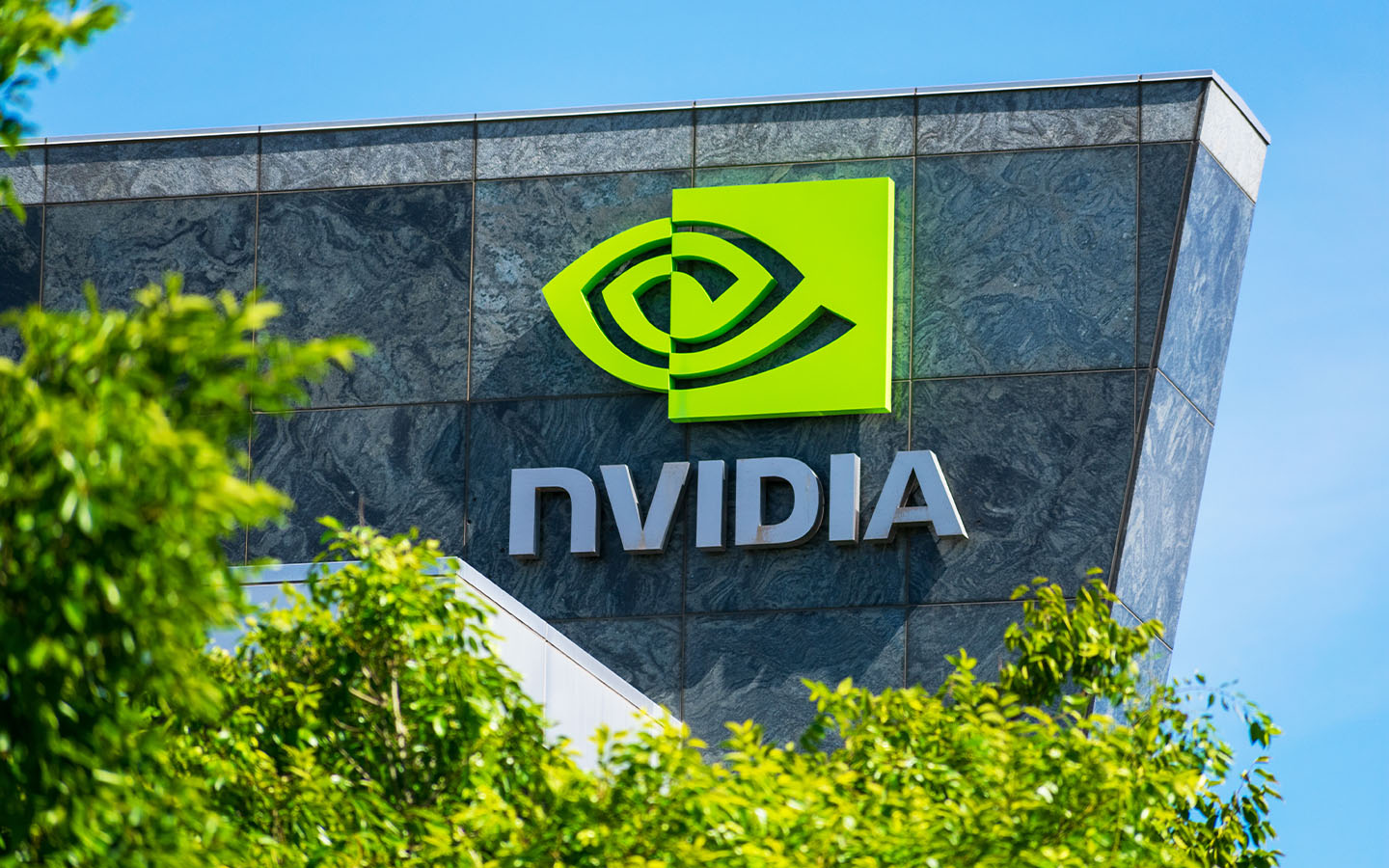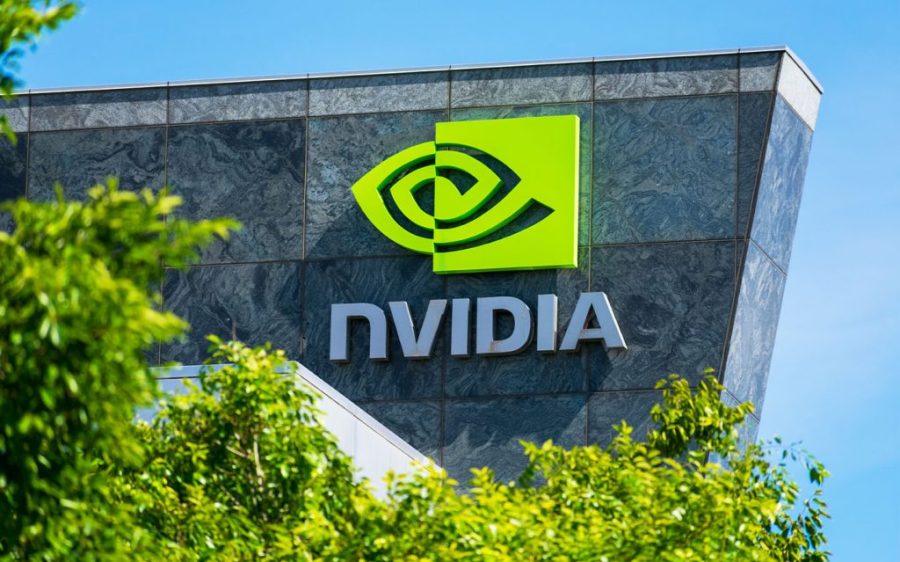Leading chipmaker Nvidia became the first company in the world to reach a market capitalisation of US$4 trillion on Wednesday, solidifying its position after a rocky start to the year, reports Reuters.
Shares of the American multinational rose as much as 2.8 percent to an all-time high of US$164.42, ending the day with a gain of 1.80 percent and a market value of US$3.97 trillion. The record-breaking market value “highlights the fact that companies are shifting their asset spend in the direction of AI and it’s pretty much the future of technology,” Robert Pavlik, senior portfolio manager at Dakota Wealth in New York, told Reuters.
The stock’s recent rally comes after a difficult start to the year, the release of Chinese startup DeepSeek’s powerful yet low-cost AI model sent Nvidia share prices plummeting nearly 17 percent, losing some US$588.8 billion in market value. It marked the worst single-day loss of any stock, more than doubling the previous record of US$240 billion set by Facebook parent company Meta in 2022.
Nvidia also said it missed out on US$2.5 billion in additional revenue during the first quarter due to US export restrictions on its H20 AI chips to China. In May, sources told Reuters, that the company was working on a downgraded version of the chip that would allow it to continue selling to Chinese customers. The modified H20 is expected to be released this month.
Nvidia first reached US$1 trillion in market capitalisation back in May 2023, then tripled that figure in about a year – faster than the only two other US firms to reach US$3 trillion, Apple and Microsoft.
[See more: AI chipmaker Nvidia is now the world’s second-most valuable company]
Together, the three tech giants account for more than one-fifth of the S&P 500, Nvidia leading with 7.3 percent, followed by Apple (7 percent) and Microsoft (6 percent). Nvidia alone is now worth more than the Canadian and Mexican stock markets combined, according to LSEG data, and it exceeds the total value of all publicly listed companies in the UK. LSEG data also shows that Nvidia stock recently traded at a 12-month forward price-to-earnings ratio of 32, below its three-year average of 37.
The chipmaker reported total revenue of US$44.1 billion in the first quarter of 2025, up 69 percent from the same time last year, and it expects to hit US$45 billion in the second quarter, plus or minus 2 percent. Including the session’s gains, Nvidia is up about 22 percent this year compared with a nearly 15 percent rise in the Philadelphia SE Semiconductor Index, a capitalisation-weighted index comprising the 30 largest US-traded companies primarily involved in the design, distribution, manufacture and sale of semiconductors.
While Nvidia rose to prominence on the strength of its graphics processing units, a favourite among PC gamers, turning that processing power toward AI proved critical. “There is one company in the world that is the foundation for the AI Revolution and that is Nvidia,” Wedbush Securities analyst Dan Ives wrote in a research note on 27 June.
Ives called the new high a “historical moment” for Nvidia. “[It] speaks to the AI Revolution hitting its next stage of growth led by the one chip fuelling AI,” he said in emailed commentary Wednesday. Analysts from investment firm Loop Capital, in a June research note, estimated that Nvidia could reach a market capitalisation of US$6 trillion by 2028. “While it may seem fantastic … we remind folks that (Nvidia) remains essentially a monopoly for critical tech” in the AI sector, Loop Capital’s Ananda Baruah and Alek Valero wrote in the note.






